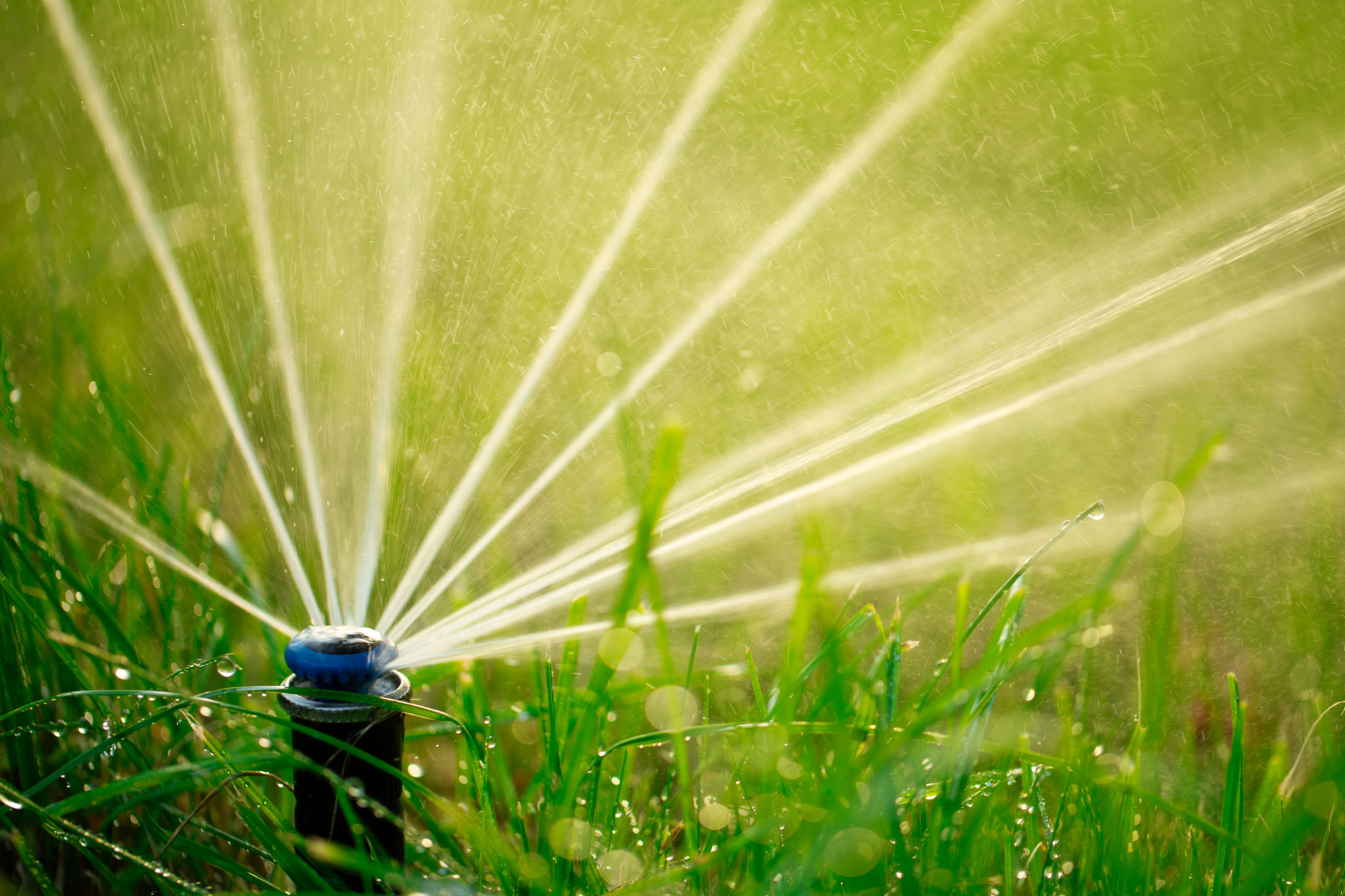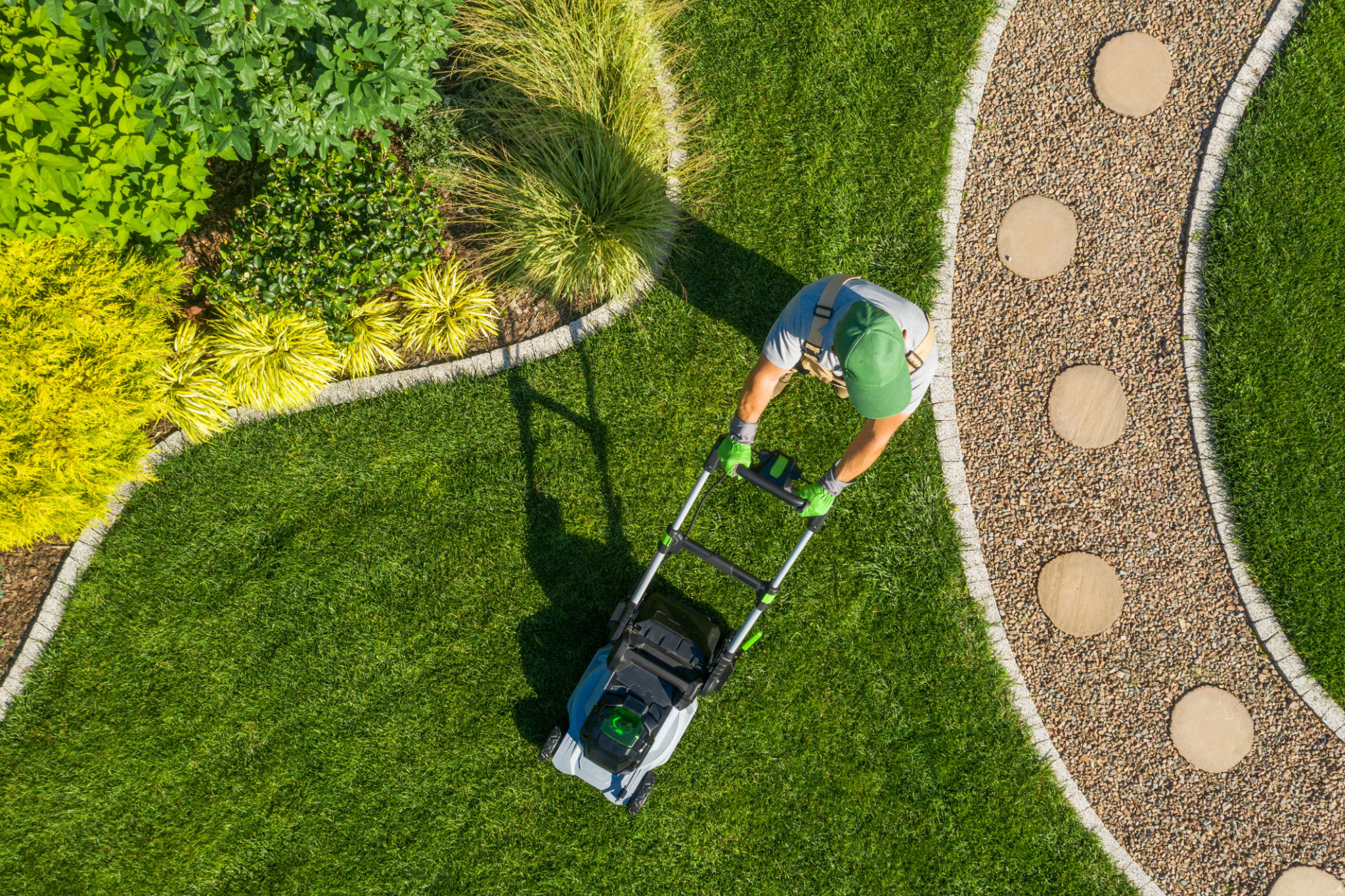Summer Lawn Care Tips: Keeping Your Akron Garden Green
Understanding Your Lawn's Needs
Summer in Akron can be a challenging time for maintaining a lush, green garden. The combination of heat, humidity, and occasional dry spells requires a strategic approach to lawn care. Understanding your lawn's specific needs during this season is the first step in ensuring it remains healthy and vibrant.
Different grasses have different requirements. For example, cool-season grasses like Kentucky bluegrass need more water and may struggle in high heat, while warm-season grasses thrive under the sun but still require adequate moisture. Knowing what type of grass you have will help tailor your care routine.

Watering Wisely
Watering is crucial during the summer months. However, over-watering can be just as harmful as under-watering. The key is to water deeply and infrequently to encourage deep root growth. Aim to water early in the morning or late in the afternoon to reduce evaporation and ensure the water penetrates the soil effectively.
Avoid watering every day; instead, give your lawn about 1 to 1.5 inches of water per week from rainfall and irrigation combined. Use a rain gauge or a small container to measure how much water your lawn is receiving, ensuring you don't exceed this amount.
Installing a Drip Irrigation System
Consider installing a drip irrigation system for efficient water usage. This system delivers water directly to the roots where it’s needed most, minimizing waste and maximizing absorption. It's an excellent investment for maintaining a green lawn throughout the summer.

Mowing Practices
Mowing your lawn correctly is another critical aspect of summer lawn care. Set your mower blades higher during hot months to keep grass longer. Taller grass shades the soil, reducing evaporation and aiding in moisture retention. Aim for a mowing height of about 3 inches.
Ensure your mower blades are sharp to make clean cuts and prevent tearing the grass, which can lead to disease. Avoid mowing during peak sunlight hours; instead, mow in the early morning or late afternoon when temperatures are cooler.
Grasscycling Benefits
Consider grasscycling, which involves leaving grass clippings on the lawn instead of bagging them. These clippings decompose quickly, returning valuable nutrients to the soil and helping retain moisture.

Pest and Disease Control
A healthy lawn is less susceptible to pests and diseases, but it's still important to stay vigilant. Regularly inspect your lawn for signs of trouble such as discolored patches or unusual growth patterns. Early detection is key to managing infestations effectively.
If you spot any issues, consult with a local garden center or lawn care professional to identify the problem and determine the best course of action. Sometimes, natural solutions like introducing beneficial insects can be effective in controlling pests without harming your lawn.
Fertilization Tips
Finally, fertilization is essential for maintaining a healthy lawn. Choose a slow-release fertilizer that provides steady nutrients over time rather than a quick-release option that can burn your grass in hot weather. Apply fertilizer according to package instructions, typically once or twice during the summer season.